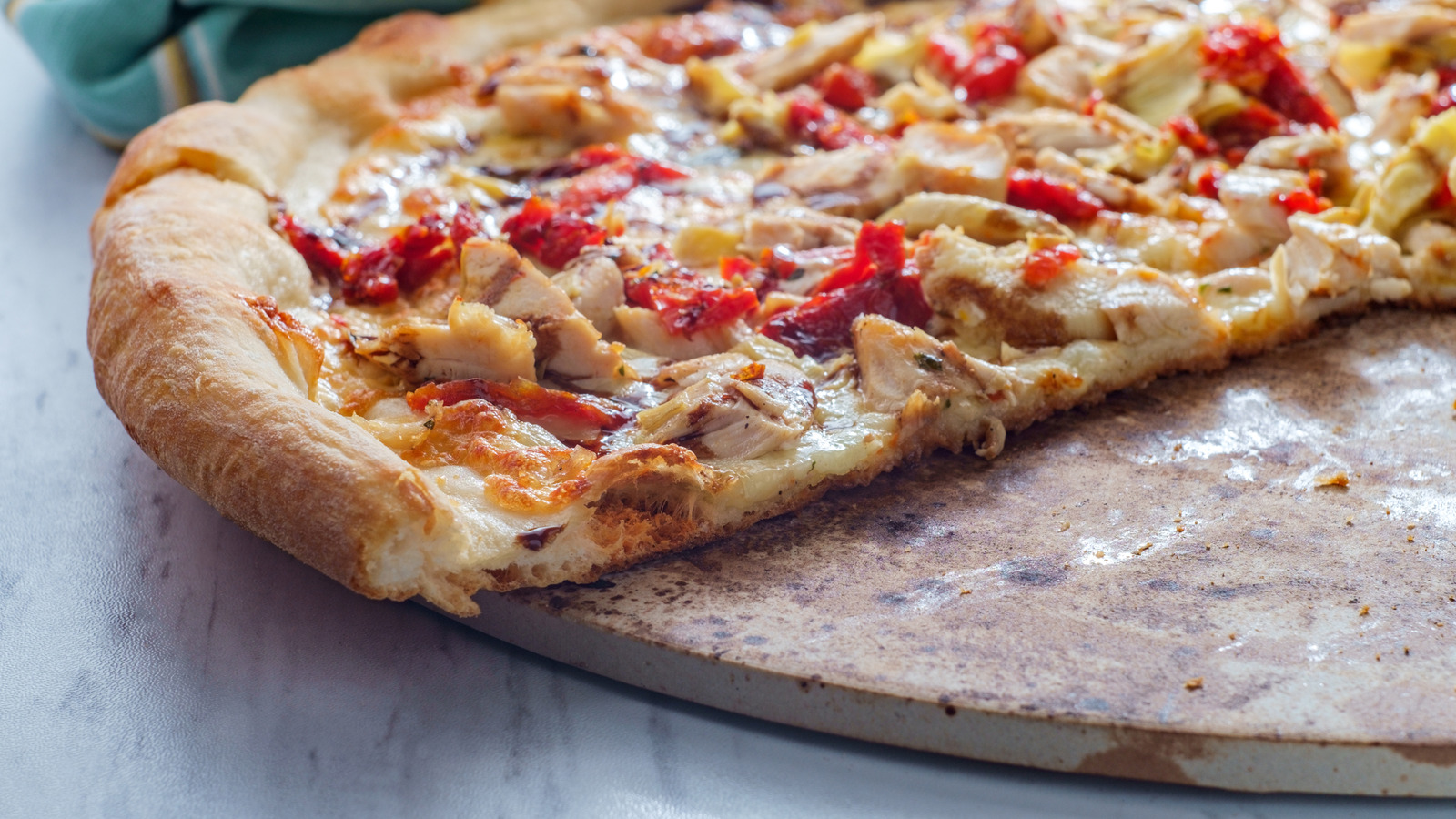
"You don't have to be a culinary genius to make a delicious gourmet pizza, but you do need a few tricks up your sleeve to turn "meh" pizza into an authentic-tasting, nonna-approved masterpiece that's crisp and bubbling with cheese and toppings that taste like they came straight out of a wood-fired oven in Italy. We asked Robbie Felice, whose restaurant pastaRAMEN is making its U.S. Open debut, how to avoid the most common pizza-making mistake."
"According to Felice, a fully preheated pizza stone "gives you that beautifully crisp undercarriage, the foundation of a great pizza." How does this make a difference? The even heating of the pizza stone is what mimics a traditional brick oven, allowing the dough to rise up instantly and develop that perfect harmony of soft chewiness and crispiness, while preventing your favorite pizza toppings from overcooking before the base is done."
Properly preheating a pizza stone produces a crisp undercarriage that mimics a brick oven and prevents toppings from overcooking. Even heating causes the dough to rise instantly, creating a balance of soft chewiness and crispiness. Investing in a quality stone—steel, ceramic, or cast iron—helps achieve an evenly baked crust. Different stones deliver different results, so try options to find a personal preference. For gourmet pizza, heat the oven as hot as the stone will safely allow. Careful preheating and high oven temperature are foundational steps to restaurant-quality pizza at home.
Read at Tasting Table
Unable to calculate read time
Collection
[
|
...
]